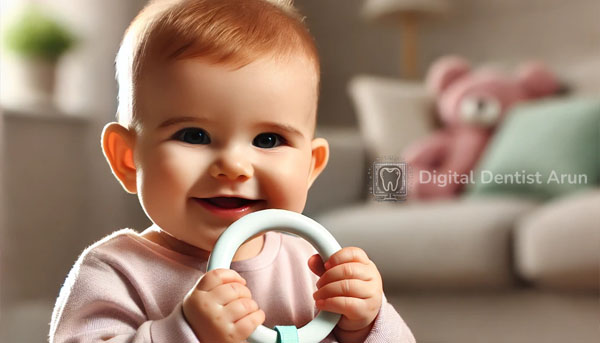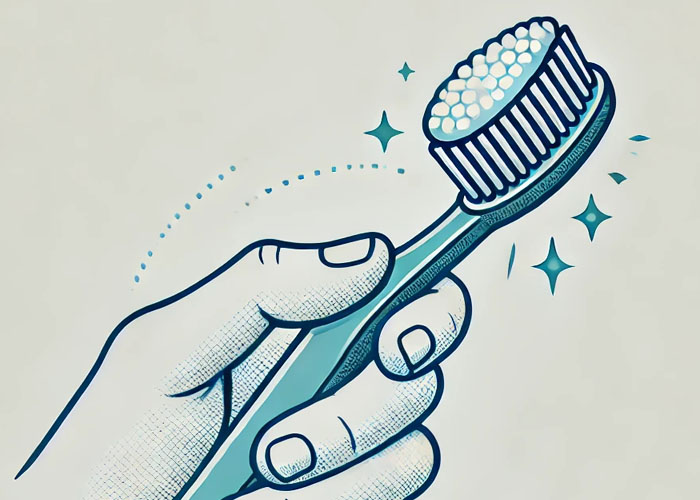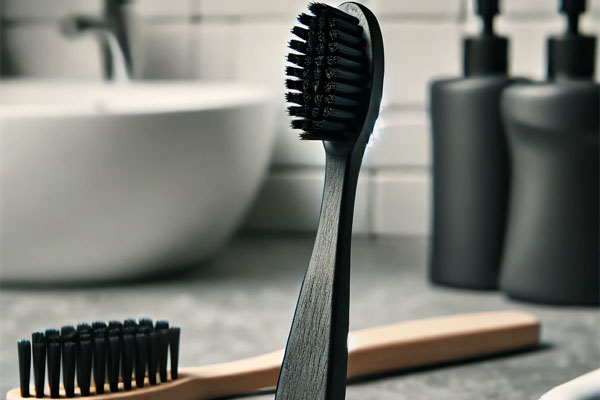Parents are the main characters when it comes to kids oral health and it’s very important for them to set the foundation early. Here are specific recommendations for each stage of development; infancy, early childhood, late childhood, early adolescence, late adolescence.
Here you can see a complete guide to dental hygiene for your kid, so let’s start and make it as easy as abc!
Introduction: Why Early Dental Health Matters
Children should be taken for dental check-ups from the time they are young. Proper eruption of baby teeth leads to proper eruption of permanent teeth. And, best of all, a good routine will make it so that you won’t develop problems, such as cavities or gum disease.
Sucking can be a difficult stage for parents as well as for the babies. The pain resulting from aching gums may make your baby irritable, cranky and have difficulty in sleeping. The good news is that there are many things you can do to make teething easier and to help relieve the discomfort of sore gums. Below, find a comprehensive overview of the teething process, including how to know if it’s happening, as well as ways to approach this stage with a positive attitude, for both you and your baby.
Table of Contents
1. What is Teething?
2. Who Can Explain When Babies Start Teething?
3. Pain is among the common symptoms of aching gums that is related to teething.
4. What Causes Baby To Have Aching Gums?
5. Best Solutions to Relieve Painful Gums
6. Natural Relief from Baby Teething
7. Products For aching gums
8. What You Should Not Do When Treating Your Sore Gums
9. Professional Advice: The duration and instances indicate that a child should be taken to a pediatric dentist are as follows
10. Conclusion: 5 Products to Help Make Teething a Little Easier for Babies1. What is Teething?
Teething can be defined as the process when a baby’s first or the so called temporary teeth come through the gum. This intriguing achievement comes with the problem of sore gums. The pushing of new teeth causes discomfort but this stage is very important for your baby’s oral development.
They may exhibit some signs such as chewing more, drooling and crying more than usual during this period. Knowledge of this process allows for soothing and satisfying your baby’s needs.

2. When Do Babies Starts Teething?
Teething as a rule starts at 4-7 months, however the process varies from child to child. Some babies develop early, others may even show their first tooth before their first birthday.
Depending on the child’s age, the first ones to erupt are the primary lower central incisors, then the primary upper central incisors. It can progress until all the 20 baby teeth are erupted by the time a child is 3 years old.
3. Symptoms of Painful Gums During Teething
Signs that indicate that gums are aching should also be looked at so that necessary relief can be availed as soon as possible. Here are the most common signs:
- Increased drooling: It is common to note excessive salivation as one of the most common indications of this anomaly.
- Chewing on objects: Babies also like to chew anything including toys that they get their hands on.
- Irritability or fussiness: Pain due to inflammation of gums will make them grumpy when their gums are aching.
- Red, swollen gums: Signs of inflammation in the surrounding area where the teeth are still coming out.
- Sleep disturbances: Their sleep may be affected by gum pain.
- Decreased appetite: Your baby may develop discomfort eating.
In case your baby is running a temperature or has diarrhea, get a doctor because those are not teething symptoms.
4. What Causes The Discomfort Of Aching Gums In Babies?
The discomfort results from teeth coming through the delicate gum tissue. The pressures exerted can cause aches and inflammation. To add salt to injury, babies or toddlers can hardly comprehend what is going on; it only raises their stress level and, of course, yours.
Your role as a parent is simply to comfort your child and provide safe methods for relief of those sore gums including making sure your baby is comfortable during this stage.
5. Best Treatments for Bleeding Gums
Cold Compress
Cold can at least alleviate the pain associated with sick gums. Put the teething ring in the refrigerator and place it in a clean soaked washcloth to get the temperature down after you remove from refrigerator. Soothe your baby by allowing him to chew on it.
Massage the Gums
Wash your hands, then take your clean finger and move it around your baby’s mouth. There is nothing that can help to soothe the pain as the pressure can.
Teething Toys
Non-toxic, BPA free teething spoons and rings let children chew on something softer than their hands. Select those that have some feeling on the palate as your baby takes it in his mouth chews it.
6. Easy Natural Remedies for Teething
If you prefer natural remedies for aching gums, here are some options:
• Chamomile Tea: It turns out that chamomile is an excellent remedy for improved health since it acts as a sedative. The next remedy is to use a clean cloth and dip in chamomile tea and let your baby chew on it but make sure it is cooled.
• Frozen Fruits: For the baby who may already be on solids, bananas or carrots frozen create a great teething aid since they are natural. Make sure that they are cut into small pieces before give it to your baby.
• Breastfeeding Comfort: In cases of the breastfeeding baby, just feeding the baby can help soothe, which can be a distraction to move away from the pain in their gums.
7. Aching gums can be eased by the following products
There are numerous non-prescription pain relievers that are claimed to help with painful gums. Here are a few parent-approved options:
• Teething Gels: Avoid getting gels that are sweetened and those which are not safe for pediatrics. Avoid those with benzocaine.
• Silicone Tethers: These are what are soft and soothing for babies and they provide relief by chewing on them.
• Amber Teething Necklaces: Despite the widespread use, there is limited research that supports the exercise, and they should be used sparingly.
8. This is What You Must Not Do To Relieve Aching Gums
Avoid Hard Foods
Solid foods may also cause soreness to your baby’s sensitive gums. Avoid hard to digest foods that might cause chocking.
Avoid Harmful Products
Do not use alcohol, honey or any gum numbing solutions that contain benzocaine on your baby’s gums. These can be perilous and bring health hazards.
Watch for Choking Hazards
Make sure that anything your baby puts in their mouth to chew is too big to be taken inside the mouth.
9. Professional Advice: When Should a Child Visit a Pediatric Dentist
There is nothing unusual with teething in babies but some symptoms require attention of a pediatrician.
- There is inflammation and harm to the gums such as bleeding.
- Your baby appears to be fussy even after efforts made to comfort him or her have been tried.
- Some children may not get their teeth even after 12 months.
10 .Conclusion: How to Make Teething Comfortable Even if It Is Your Kid
Teething and sore gums will try your patience, but both are normal stages of your baby’s growth and development. This can be made easier if safe remedies are used without risking the baby’s health, attending to the baby’s needs, and consulting a pediatric dentist as and when needed.
Please be advised that each baby is unique and therefore what may help one baby may not do the same for the other. Of course, you know that all of these uncomfortable moments will culminate in their beautiful, healthy smiles in future!

